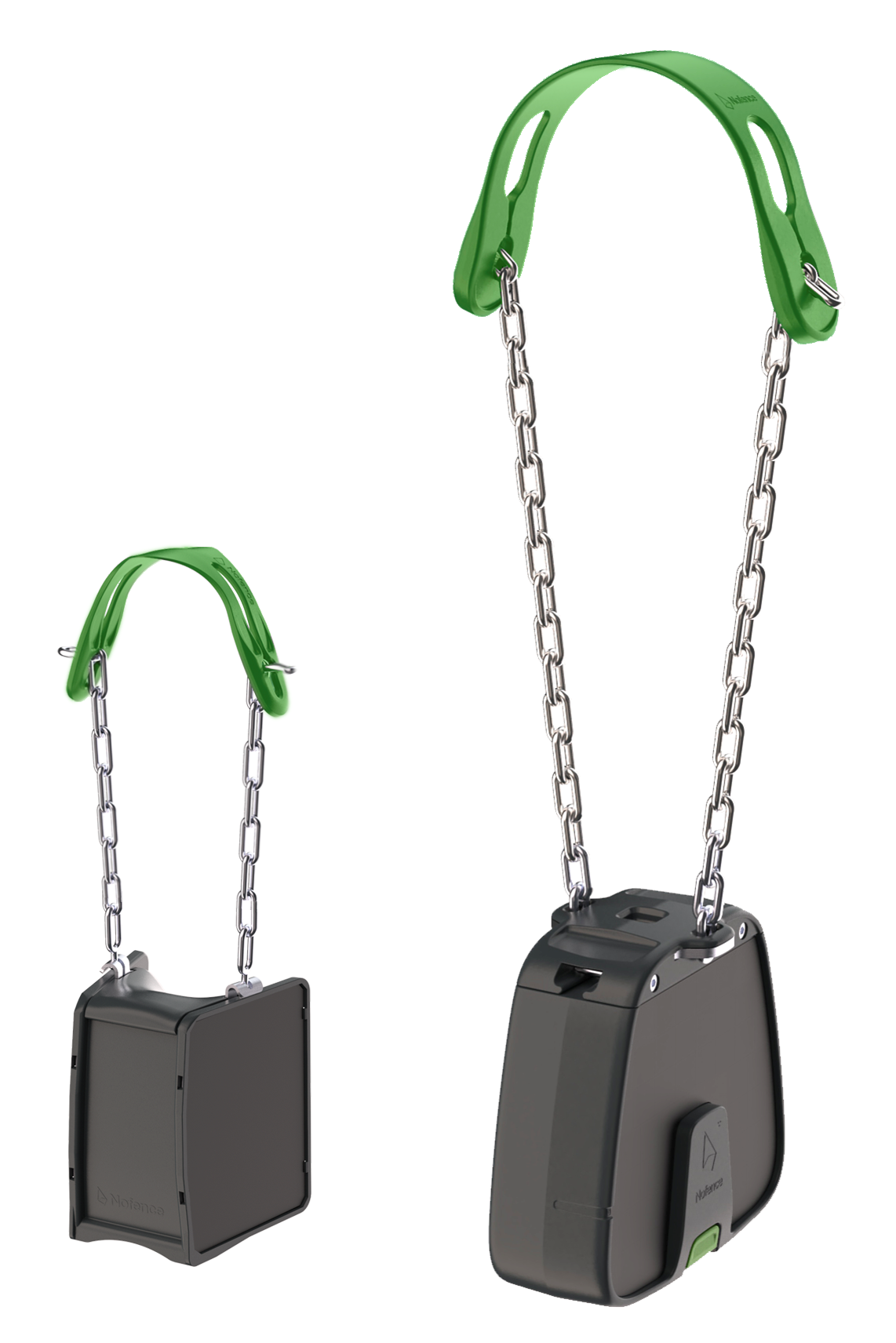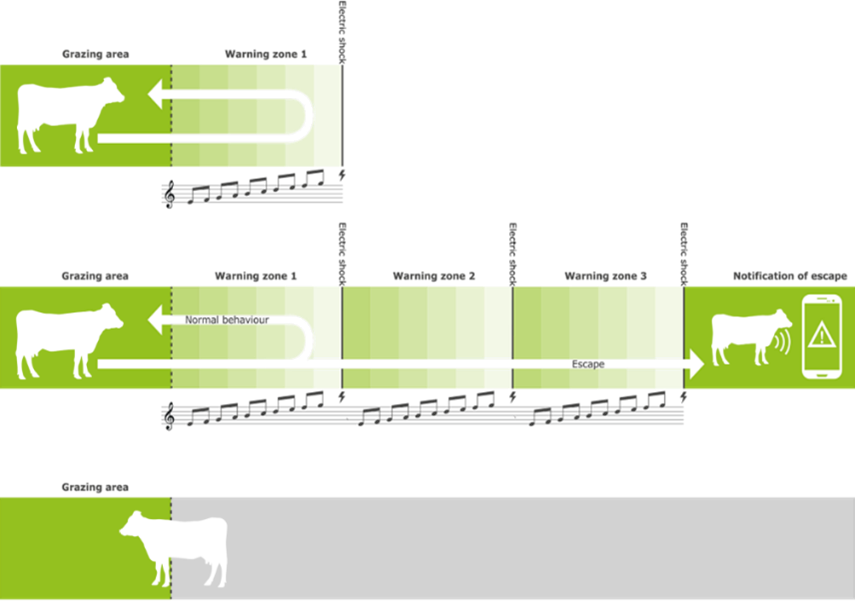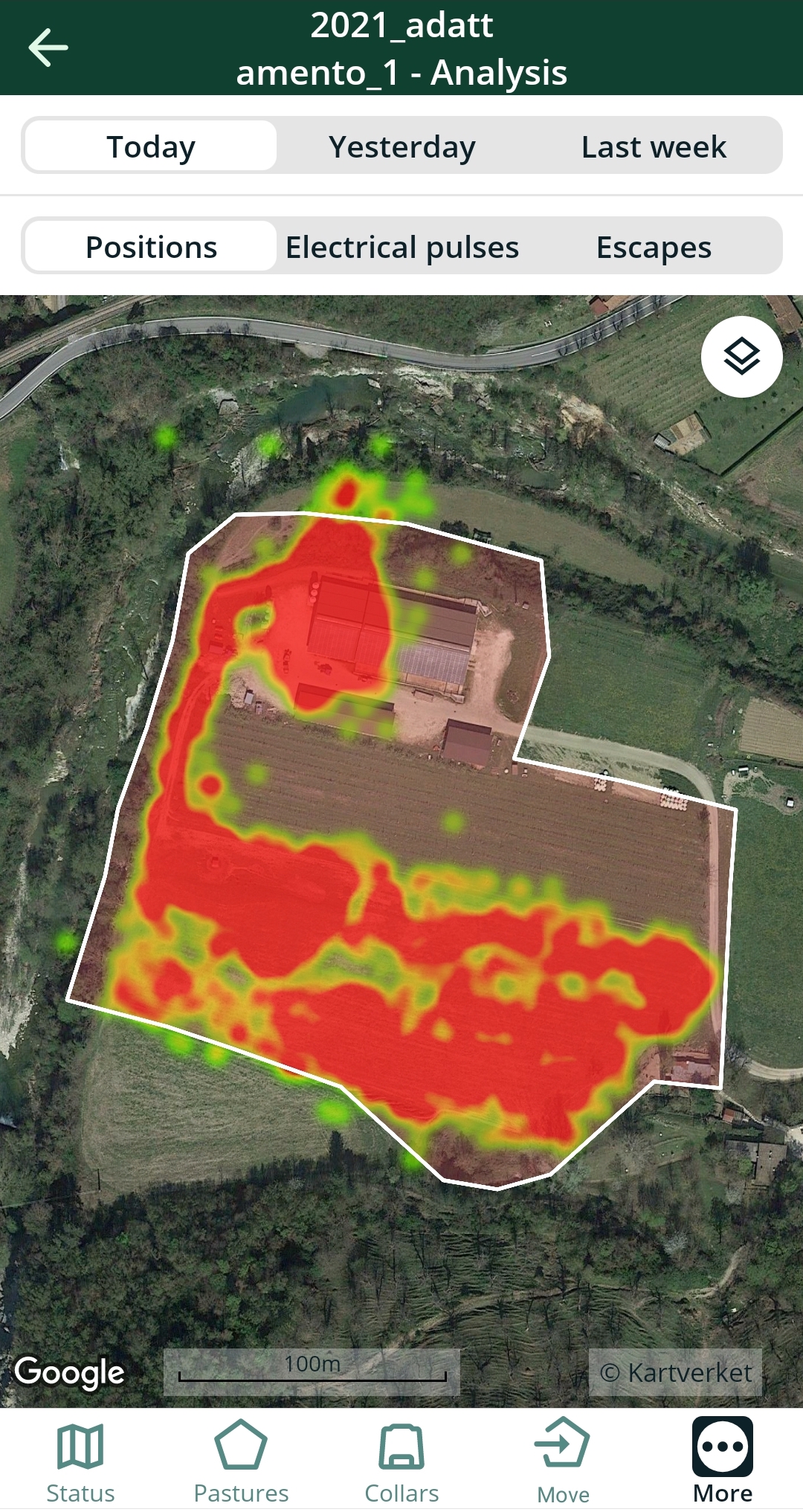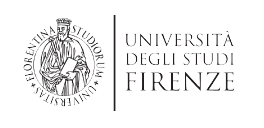Technology
Virtual Fencing to preserve ecosystem services
About
The specific objectives that will be pursued will be:
i) to assess the animal’s ability to learn, and so, to avoid the adverse stimulus.
ii) to calibrate and test the VISTOCK model (Bellini et al., 2023) in the specific area for monitoring available aboveground biomass and forage resource along the grazing period
iii) to use the data collected and estimated by the model to sizing the grazing plots
iv) to evaluate the efficiency of the system to manage the herd and the flock within grazing areas virtually delimitated.
v) to assess whether VF impact animal welfare by determining hair cortisol in cattle for chronic stress, and milk yield and cortisol in sheep.
The main constraints are
i) the lack of network coverage in many rural areas, which makes the connection to sensors and the download of real-time data difficult;
ii) the cost of sensors, especially the ones that need to be placed on every animals, whose purchase should be sustained by public funding plan, such PSR;
iii) the lack of digitalization in livestock management which hinder the systems integration to build a comprehensive decision-making tool for farmers;
iv) the availability of cloud-free satellite images to force VISTOCK model.
Indexes
Workers needed
Skilled workers are essential
Ease of use
Learning to use the solution requires little time
Adaptability
Quick and easy to be adopted
Effectiveness
The solution address the challenge / problem
Reliability
The innovation is sufficiently stable over time
Cost
The investment needed to implement the innovation
Greenhouse emissions
Impact of on climate change
Water availability
The impact of technology on water availability
Water quality
The impact of technology on water quality
i) maximize livestock’s biomass intake by applying rotational grazing, thus reducing the amount of feed integration with external sources;
ii) reduce the cost for physical fences installation and maintenance,
iii) reduce the time effort for move the livestock among different grazing lot and for monitoring them;
iv) real-time control on each animal to promptly intervene before health was compromised.
The adoption of virtual fencing, as well as other sensors on animal can be facilitate by public funding initiatives to support the purchase of digital tools on livestock farms. Technical competences on the proper use of such devices should be fostered among farmers to avoid negative impacts on animal welfare. Research is needed to better understand the technology reliability and effectiveness according to species, breed, age, and other factors which could affect animal’s learning capacity and response to cues delivered by VF collars.
Technology Feedbacks
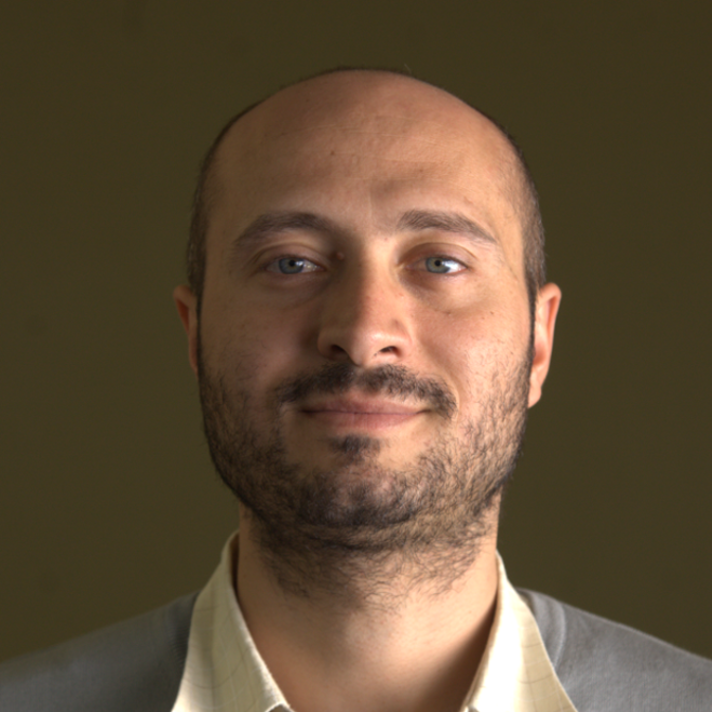
Andrea Galante
Primo Principio S.c.a.r.l.
⭐ ⭐ ⭐ ⭐
In this section we expect that the various stakeholders who have tried the technology (or are interested in doing so) can leave their feedback and comments, describing their experience.We have planned texts that are not too long in order to keep navigation easy and usable.
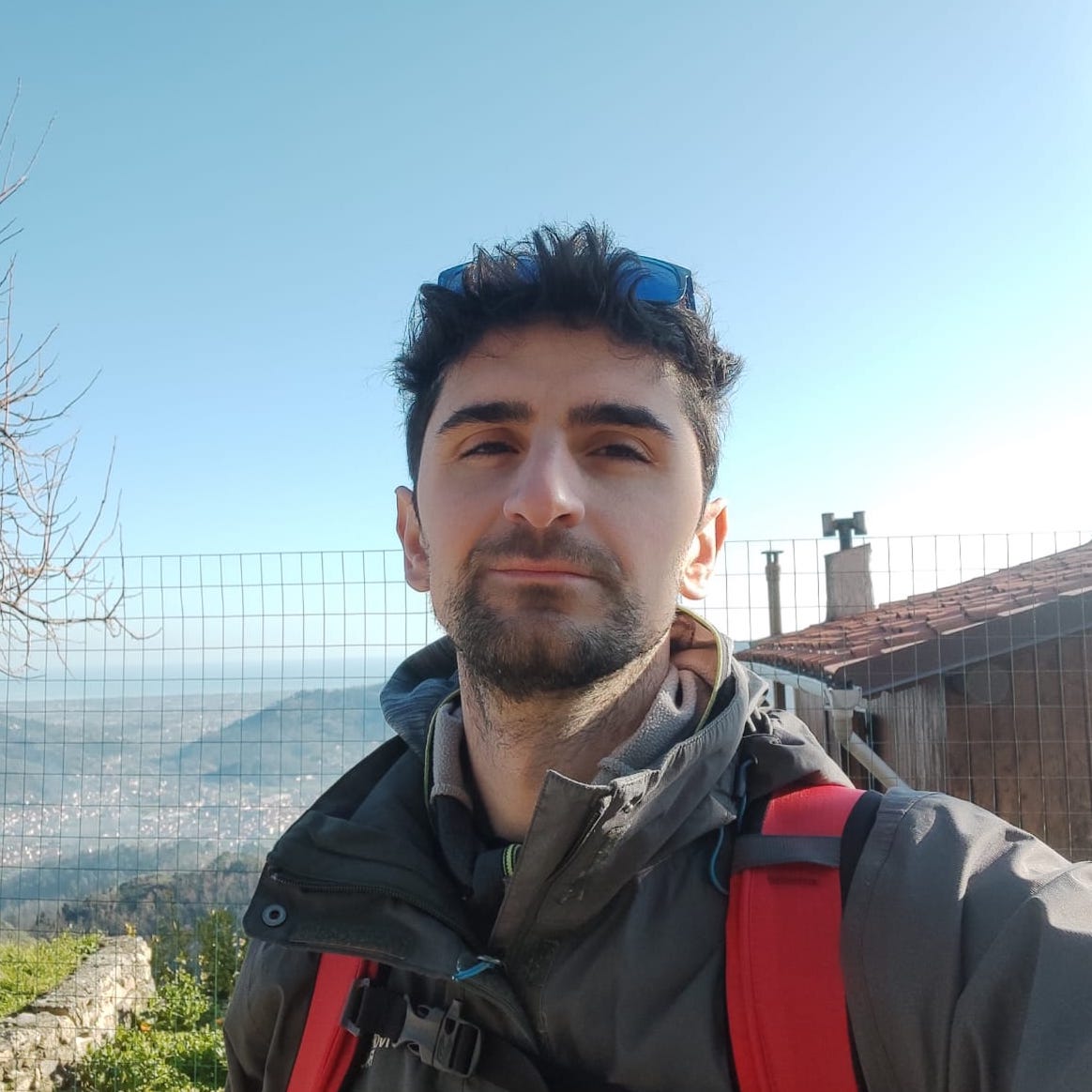
Fracesco Martini
Abinsula S.r.l.
⭐ ⭐ ⭐ ⭐ ⭐
It is a simple and fast way to allow interaction with stakeholders and collect timely feedback on participation in living labs and on the impact of technologies.
Have you had the opportunity to try this technology?
Leave your feedback and we will publish it.
Living Labs for testing and implementing this technology
Living Labs as a crossroads for the development of sustainable and resilient technologies for environmental, economic and social progress.
Italy
Tech Responsible contacts
Chiara Aquilani
chiara.aquilani@unifi.it
Camilla Dibari
camilla.dibari@unifi.it
References
Lorem ipsum dolor sit amet, consec tetur adipiscing elit, sed do eiusmod
Lorem ipsum dolor sit amet, consec tetur adipiscing elit, sed do eiusmod
Do you want to learn more about the suitability of our technologies?
Use our solution finder to check the usability of this technology in your area or agricultural business.
Leave your Feedback

